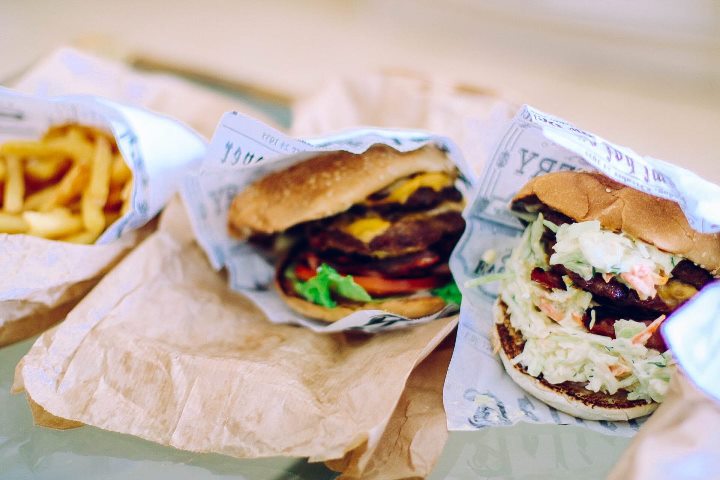Bright Mornings Made Easy with Breakfast Catering Options
Bright mornings often set the tone for the rest of the day, and there is no better way to start them than with a delicious breakfast. For busy individuals and communities, breakfast catering options can transform the morning routine from a hectic scramble into a delightful and stress-free experience. Imagine waking up to the enticing aroma of freshly brewed coffee and warm pastries, or the comforting sight of a beautifully arranged breakfast spread that caters to every palate. Catering services offer a variety of options that can be tailored to suit the needs and preferences of different groups, from corporate offices to family gatherings and senior living communities. Breakfast catering can elevate any morning by providing an array of choices that go beyond the standard offerings. From classic favorites like scrambled eggs, bacon, and toast to healthier alternatives such as yogurt parfaits, smoothie bowls, and whole grain muffins, there is something for everyone. Many catering services also recognize the importance of dietary restrictions and preferences, ensuring that gluten-free, vegan, and low-sugar options are available.

This inclusivity not only enhances the dining experience but also fosters a sense of community, as everyone can enjoy a meal together without feeling left out. One of the major benefits of breakfast catering is the convenience it offers. The breakfast catering boston allows individuals to focus on their day ahead without the added stress of meal prep and cooking. For families, particularly those with children, catering can simplify morning routines, providing nutritious meals that help everyone start their day on the right foot. Imagine a parent waking up to find a ready-to-serve breakfast spread, giving them the extra time, they need to prepare for the day. In senior living communities, breakfast catering can be especially beneficial. Many seniors may have difficulty preparing meals for themselves or may lack the energy to cook in the morning. By providing catered breakfast options, communities can ensure that residents have access to nutritious and delicious meals that cater to their dietary needs.
Breakfast catering services can also provide themed events or special menus for holidays and celebrations, adding an element of fun and festivity to the mornings. Moreover, breakfast catering can enhance corporate environments by promoting productivity and employee satisfaction. Providing breakfast at the workplace is an excellent way to show appreciation for employees and encourage team bonding. It creates an opportunity for colleagues to gather, share ideas, and start the day with a positive mindset. Studies have shown that a nutritious breakfast can improve focus, enhance cognitive function, and increase energy levels, ultimately leading to greater productivity throughout the workday. In conclusion, breakfast catering options present a multitude of benefits that can brighten up mornings for individuals, families, and communities alike. With a diverse range of offerings that cater to various dietary needs and preferences, catering services make it easier than ever to enjoy a delicious and satisfying breakfast without the stress of preparation.



